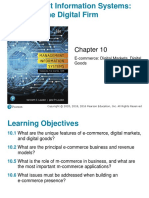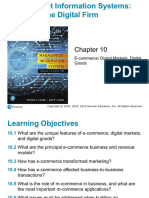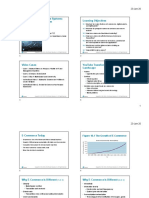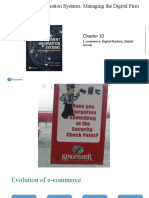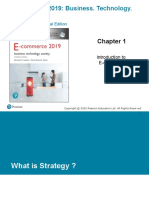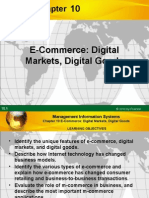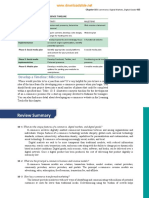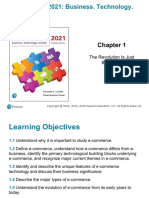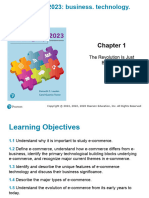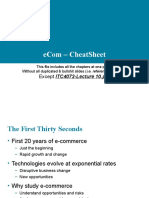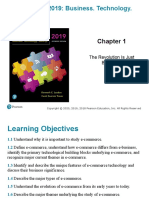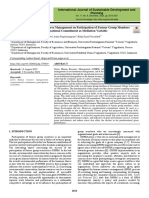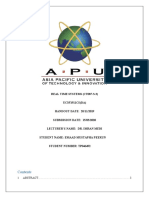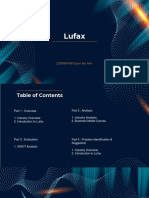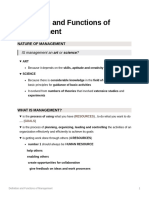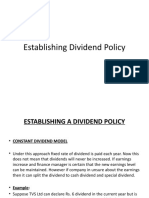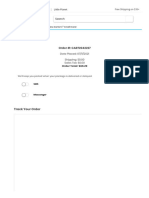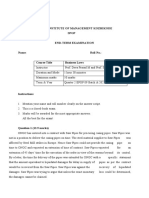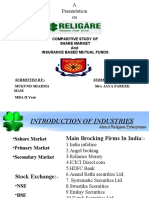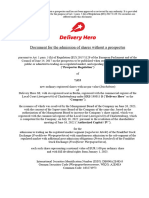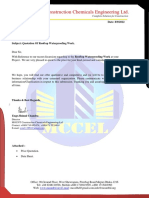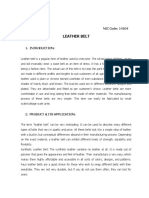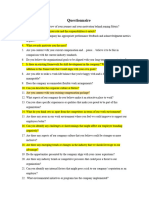0% found this document useful (0 votes)
6 views22 pagesLecture 6 TQM Inf Driven Masters Program Updated
Chapter 10 of 'Essentials of Management Information Systems' discusses the evolution and unique features of e-commerce, highlighting its impact on digital markets and goods. It covers various e-commerce business models, the transformation of marketing, and the rise of m-commerce, emphasizing the importance of adapting to new technologies and consumer behaviors. Additionally, it addresses key challenges in establishing an e-commerce presence and the potential future of e-commerce in areas like automotive dashboards.
Uploaded by
marwakamel86Copyright
© © All Rights Reserved
We take content rights seriously. If you suspect this is your content, claim it here.
Available Formats
Download as PDF, TXT or read online on Scribd
0% found this document useful (0 votes)
6 views22 pagesLecture 6 TQM Inf Driven Masters Program Updated
Chapter 10 of 'Essentials of Management Information Systems' discusses the evolution and unique features of e-commerce, highlighting its impact on digital markets and goods. It covers various e-commerce business models, the transformation of marketing, and the rise of m-commerce, emphasizing the importance of adapting to new technologies and consumer behaviors. Additionally, it addresses key challenges in establishing an e-commerce presence and the potential future of e-commerce in areas like automotive dashboards.
Uploaded by
marwakamel86Copyright
© © All Rights Reserved
We take content rights seriously. If you suspect this is your content, claim it here.
Available Formats
Download as PDF, TXT or read online on Scribd
/ 22


